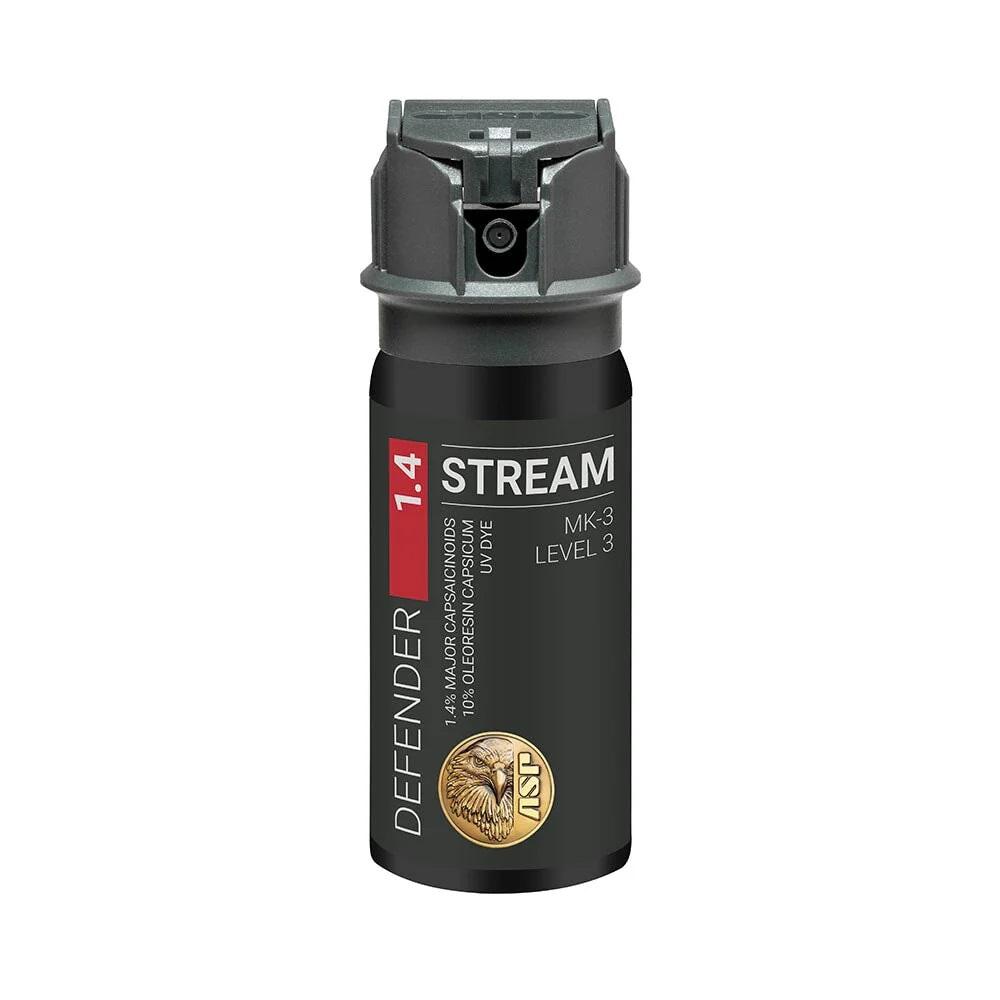Table of Contents
- Statewide Implementation of Self-Defense Spray Training Requirements
- Key Components and Curriculum of the New Training Program
- Compliance Deadlines and Enforcement Measures for Users and Retailers
- Expert Recommendations for Effective Self-Defense Spray Use and Safety Practices
- Final Thoughts
Statewide Implementation of Self-Defense Spray Training Requirements
Starting in 2025, residents across the state will be required to undergo formal training before purchasing or carrying self-defense sprays such as pepper spray. This new mandate aims to enhance public safety by ensuring individuals understand the correct usage, potential risks, and legal responsibilities associated with these defensive tools. The training program, developed in collaboration with law enforcement and safety experts, will be accessible through authorized providers both online and in-person, making it convenient while maintaining a high standard of instruction.
The curriculum will cover critical aspects including:
- Proper handling and deployment techniques to maximize effectiveness and minimize accidental harm
- Legal boundaries and restrictions concerning where and when sprays may be used
- First aid measures following exposure for both users and targets
- Situational awareness and conflict de-escalation strategies to promote safety without reliance on force
By institutionalizing this training, authorities anticipate a reduction in misuse and unintended injuries, ultimately fostering safer communities statewide.
Key Components and Curriculum of the New Training Program
The newly mandated training program encompasses a comprehensive approach designed to equip individuals with both theoretical knowledge and practical skills necessary for the responsible use of self-defense spray. Trainees will engage in interactive modules covering topics such as legal restrictions, appropriate scenarios for deployment, and post-use protocols. Additionally, emphasis is placed on developing situational awareness and de-escalation techniques to minimize conflict and ensure public safety.
Core components include:
- Understanding State and Federal Regulations regarding self-defense spray ownership and use.
- Identifying correct handling procedures and storage to prevent accidents.
- Hands-on simulation exercises using inert spray devices to build confidence and accuracy.
- First aid response training catering to pepper spray exposure for both users and bystanders.
- Ethical considerations and the psychological impact of using non-lethal defense tools.
Compliance Deadlines and Enforcement Measures for Users and Retailers
Effective January 1, 2025, both users and retailers of self-defense spray must adhere strictly to the newly established timelines for mandatory training and certification. Users are required to complete approved training courses within 60 days of purchase to remain compliant. Failure to meet this deadline may result in revocation of possession privileges and potential fines as stipulated by state authorities. Retailers, on the other hand, face deadlines to ensure that all sales are accompanied by proper user certification verification before the product can be legally sold.
Enforcement measures will be vigorously applied starting mid-2025, with state regulators conducting sporadic audits and compliance checks. Key enforcement actions include:
- Fines ranging from $500 to $5,000 for non-compliant retailers
- Temporary suspension of retailer licenses for repeated violations
- Mandatory retraining requirements for users failing to maintain valid certification
- Seizure of self-defense spray products sold outside regulatory parameters
Expert Recommendations for Effective Self-Defense Spray Use and Safety Practices
To maximize the effectiveness of self-defense sprays while ensuring user safety, experts emphasize rigorous, scenario-based training that goes beyond basic operation. Practitioners should become familiar with the spray’s range, wind conditions, and optimal deployment angles to avoid self-exposure. Proper grip and swift activation are critical skills; therefore, training sessions often include simulations that mimic real-life confrontations to build muscle memory and quick response capabilities. Additionally, knowing when not to use the spray-such as in crowded or enclosed spaces-is vital to prevent accidental harm to bystanders.
Safety protocols recommend always carrying the spray in an accessible but secure location, accompanied by regular device checks to confirm functionality. Users should also familiarize themselves with local regulations and updated state rules, as improper use can lead to legal consequences. Key best practices include:
- Regular refresher courses: Staying updated with evolving techniques and legal standards.
- Post-use procedures: Immediate withdrawal from the area to avoid secondary exposure and contacting authorities.
- Non-lethal force philosophy: Understanding that self-defense spray is a protective tool, not a weapon for confrontation escalation.
Final Thoughts
As states implement these new training requirements for self-defense spray in 2025, individuals seeking to carry such devices will need to stay informed and comply with evolving regulations. These measures aim to enhance public safety by ensuring users are better prepared and knowledgeable about responsible use. Stay tuned for further updates as states finalize their specific guidelines and training programs throughout the year.Check Our Other Blogs
- StunGun – Your Trusted Source for Stun Guns, Laws, and Self-Defense Tips
- PepperSprayLaws – Your Trusted Resource for Pepper Spray Information
- StunGunLaws – Your Trusted Guide to Stun Gun Legality and Safety




